Top 10 facts about Coronado National Forest
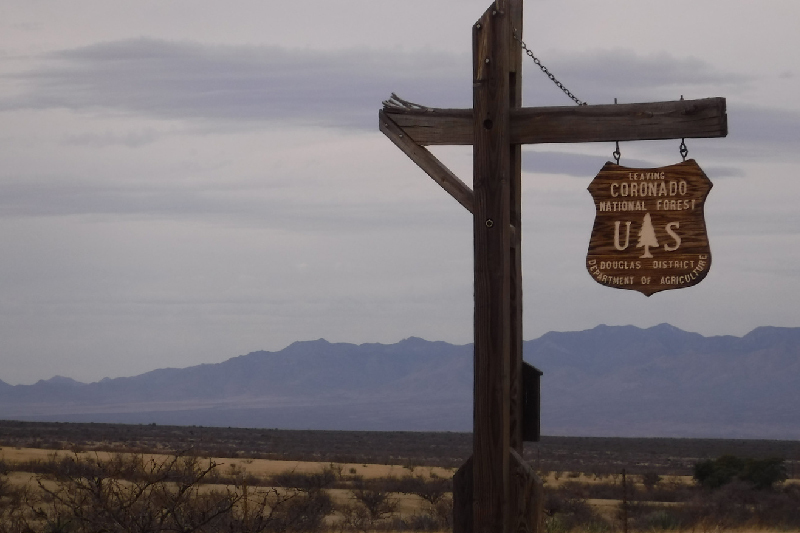
Nestled in the rugged mountains of southeastern Arizona, Coronado National Forest is a breathtaking natural wonderland teeming with diverse ecosystems, stunning landscapes, and rich biodiversity.
From towering peaks to lush forests and desert canyons, this expansive forest offers visitors a myriad of outdoor adventures and opportunities to connect with nature. In this article, we’ll delve into the top 10 fascinating facts about Coronado National Forest, highlighting its unique features, history, and ecological significance.
1. Rich History:
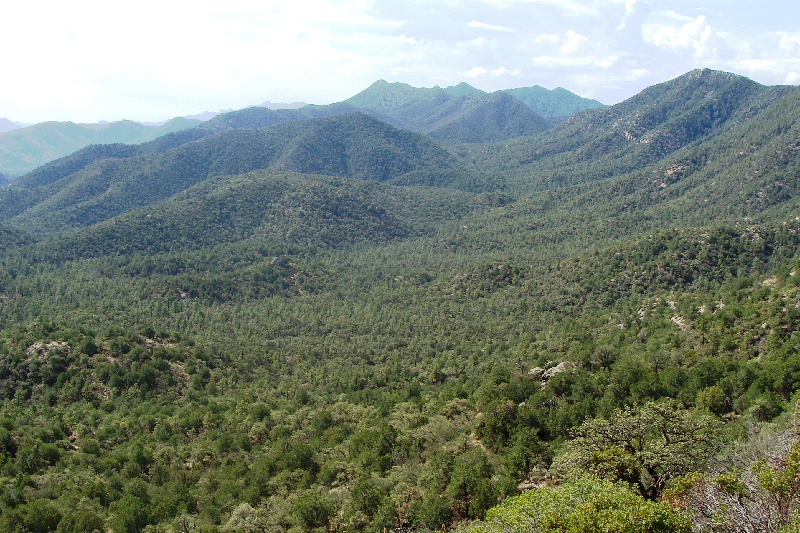
Coronado National Forest was established in 1902 and named after the Spanish explorer Francisco Vásquez de Coronado, who led an expedition into the region in the 16th century. The forest encompasses over 1.78 million acres of land and is managed by the U.S. Forest Service.
2. Ecological Diversity:
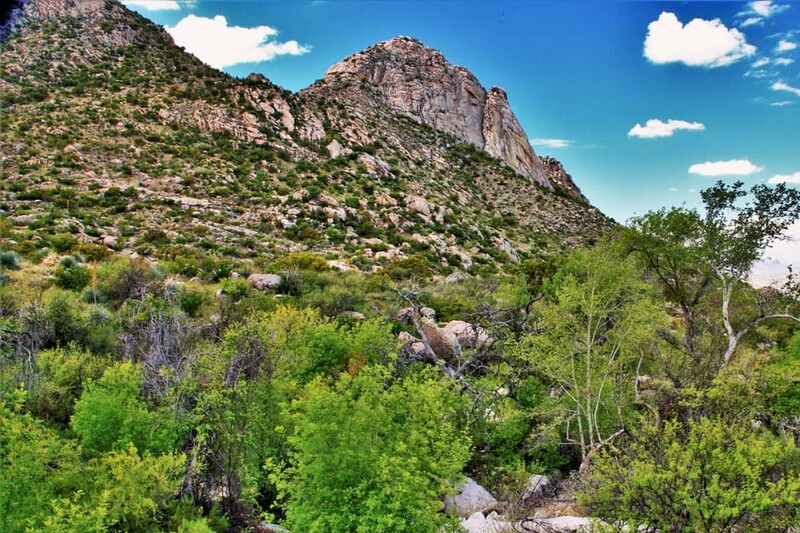
One of the most remarkable aspects of Coronado National Forest is its incredible ecological diversity. The forest spans multiple ecosystems, including pine forests, desert grasslands, riparian zones, and montane habitats, providing a home to a wide variety of plant and animal species.
3. Sky Islands:

Coronado National Forest is renowned for its unique “sky islands” – isolated mountain ranges surrounded by desert lowlands. These sky islands rise dramatically from the surrounding landscape, creating a mosaic of habitats and supporting a high level of biodiversity.
4. Mount Wrightson:
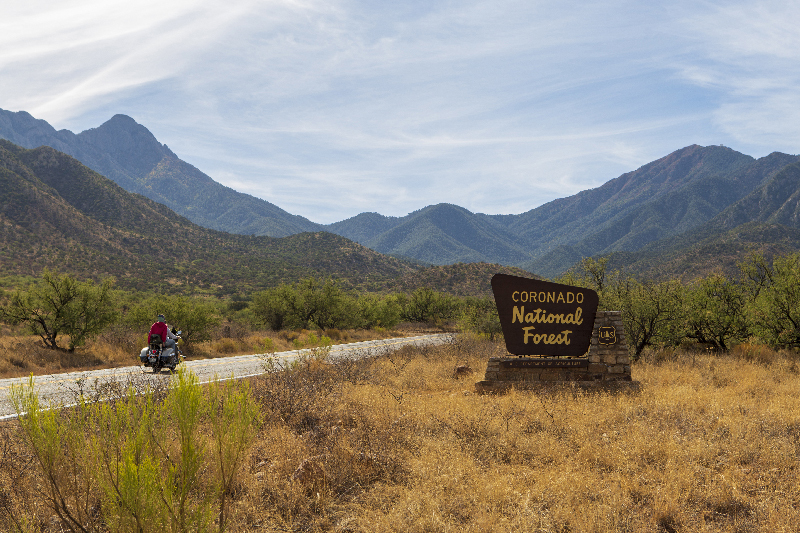
At 9,456 feet, Mount Wrightson is the highest peak in the Santa Rita Mountains and a prominent landmark within Coronado National Forest. The mountain offers stunning panoramic views of the surrounding landscape and is a popular destination for hiking and wildlife viewing.
5. Ramsey Canyon Preserve:
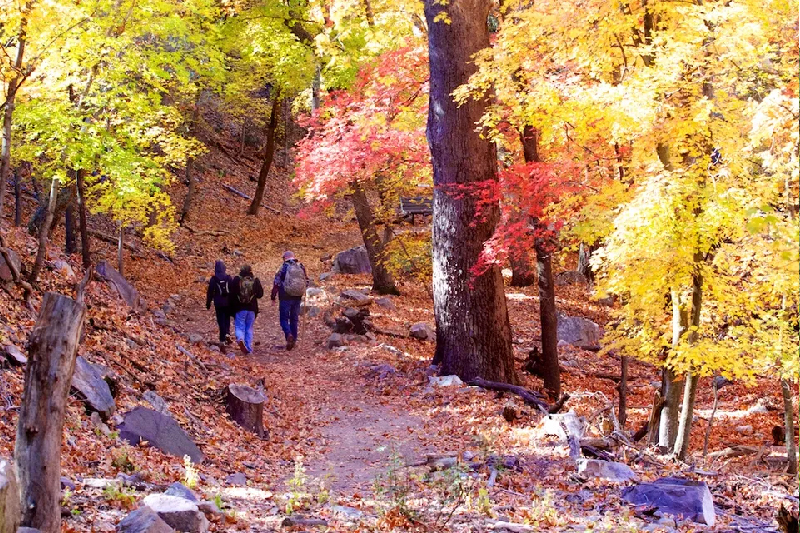
Located within Coronado National Forest, Ramsey Canyon Preserve is a lush, riparian oasis known for its exceptional birdwatching opportunities. The preserve is home to over 170 species of birds, including the elusive hummingbird species such as the violet-crowned and blue-throated hummingbirds.
6. Historic Sites:
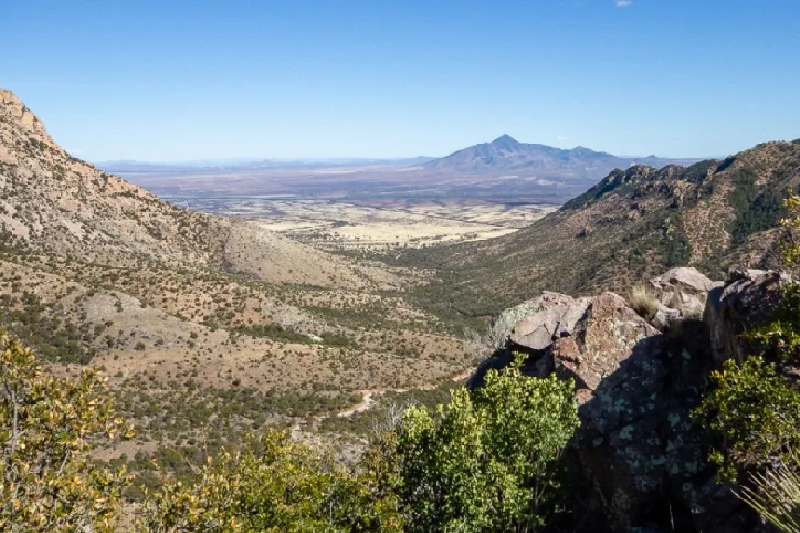
Coronado National Forest is home to several historic sites and landmarks that offer insight into the region’s rich cultural heritage. These include old mining camps, abandoned homesteads, and ancient petroglyphs left behind by indigenous peoples.
7. Biodiversity Hotspot:
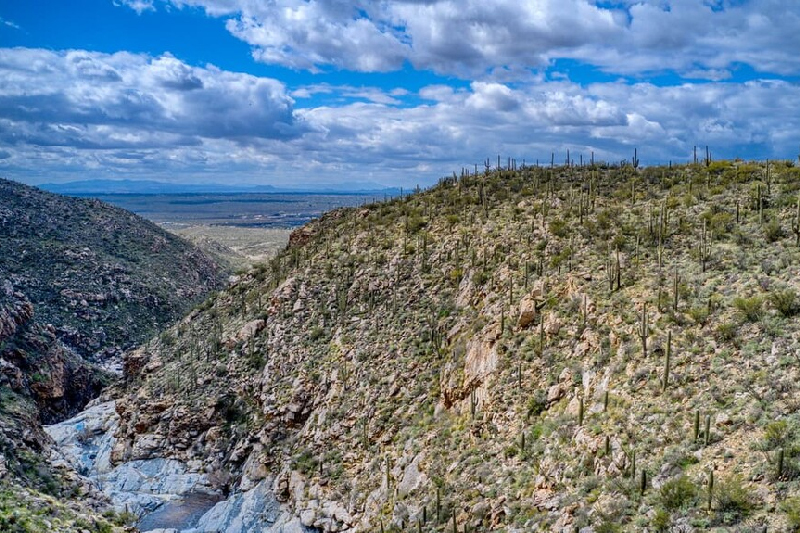
Due to its diverse range of habitats and unique geography, Coronado National Forest is considered a biodiversity hotspot. The forest supports an impressive array of plant and animal species, including rare and endangered species such as the Mexican spotted owl and the Chiricahua leopard frog.
8. Recreational Opportunities:
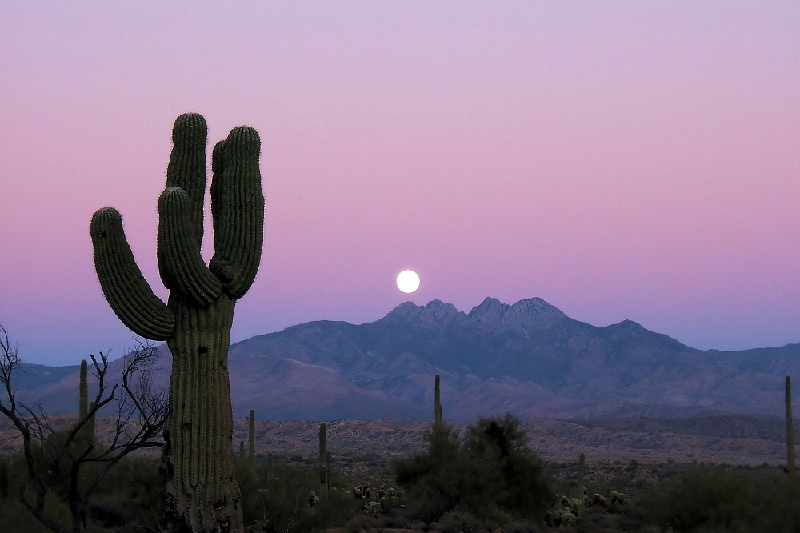
From hiking and camping to birdwatching and horseback riding, Coronado National Forest offers a wealth of recreational opportunities for outdoor enthusiasts. The forest boasts an extensive network of trails, campgrounds, and picnic areas, allowing visitors to explore its natural beauty up close.
9. Sky Islands Scenic Byway:
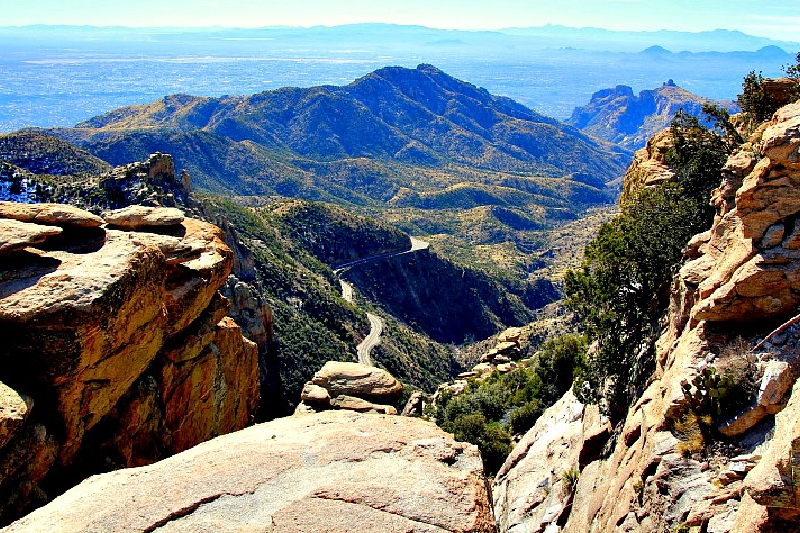
The Sky Islands Scenic Byway is a designated scenic drive that winds through the heart of Coronado National Forest, offering breathtaking views of the surrounding mountains, canyons, and valleys. The byway is renowned for its stunning vistas and opportunities for wildlife viewing and photography.
10. Conservation Efforts:
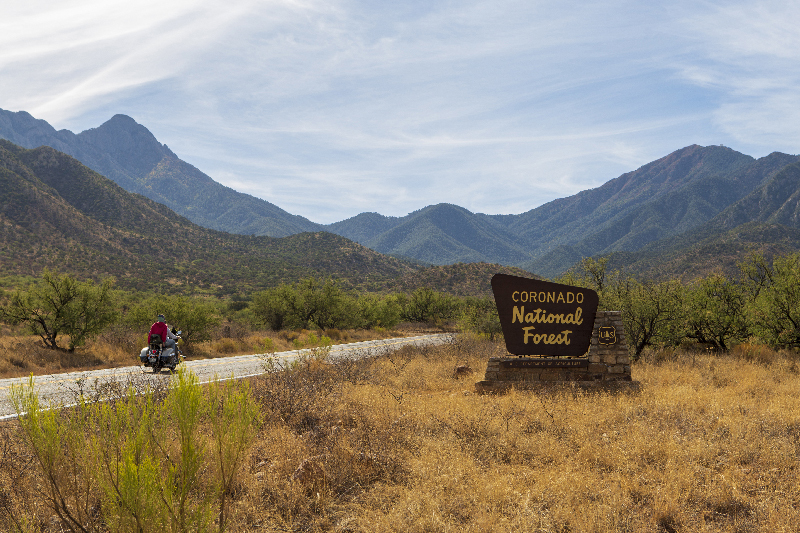
Coronado National Forest is actively involved in conservation efforts aimed at protecting its natural resources and preserving its ecological integrity. The forest collaborates with local communities, conservation organizations, and government agencies to manage and sustainably steward its diverse landscapes for future generations to enjoy.
Coronado National Forest is a true natural gem, offering a wealth of ecological wonders, recreational opportunities, and cultural heritage. Whether you’re exploring its rugged mountain peaks, lush canyons, or tranquil forests, the forest never fails to captivate and inspire. By understanding these top 10 facts about Coronado National Forest, visitors can gain a deeper appreciation for this remarkable wilderness and the importance of conserving its natural treasures.



